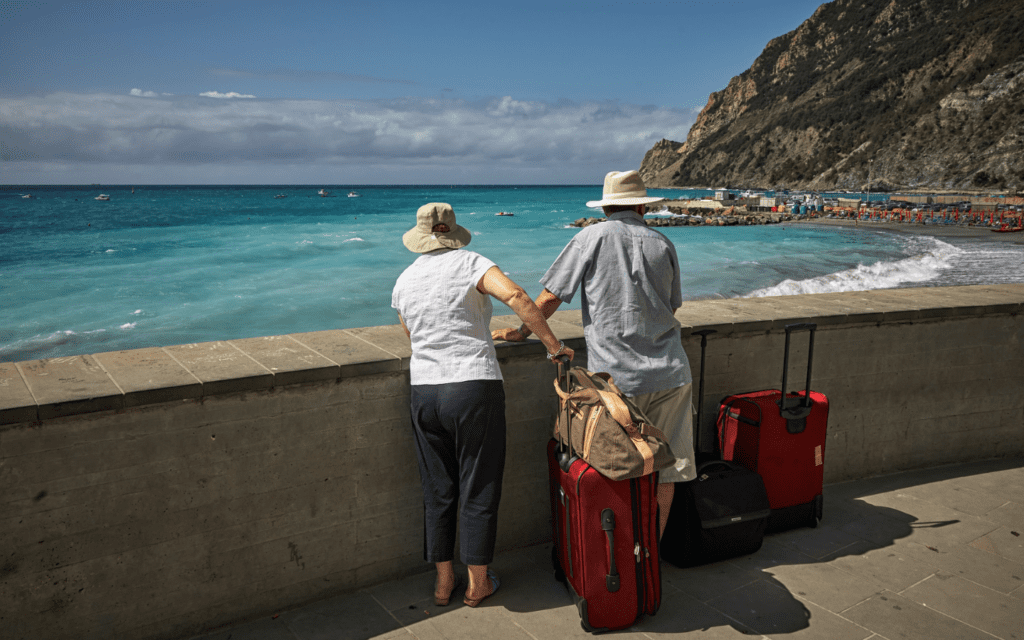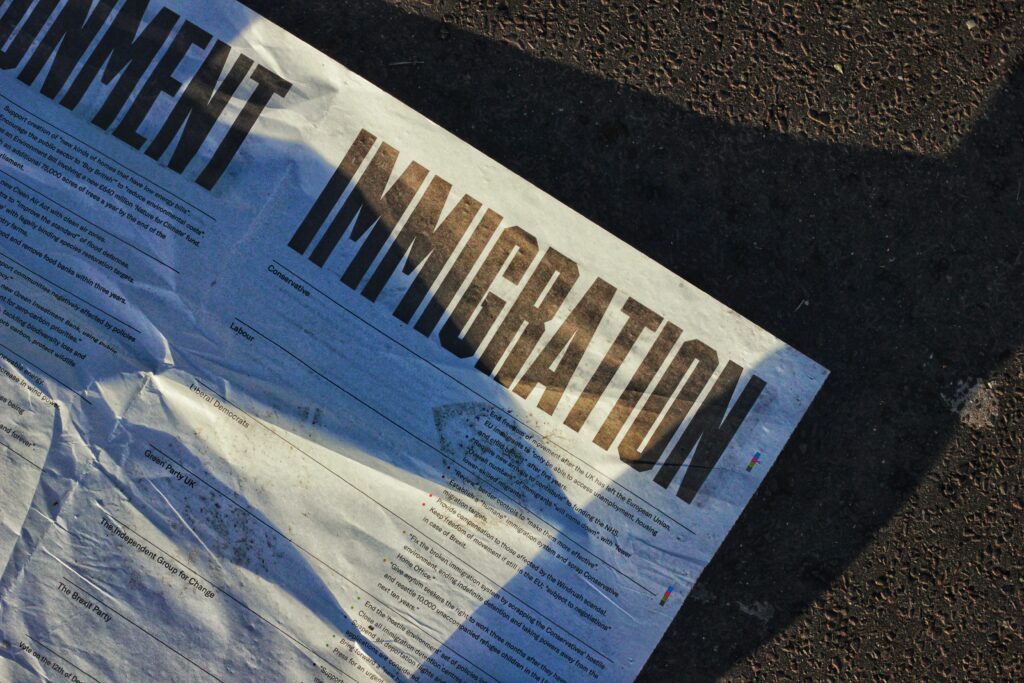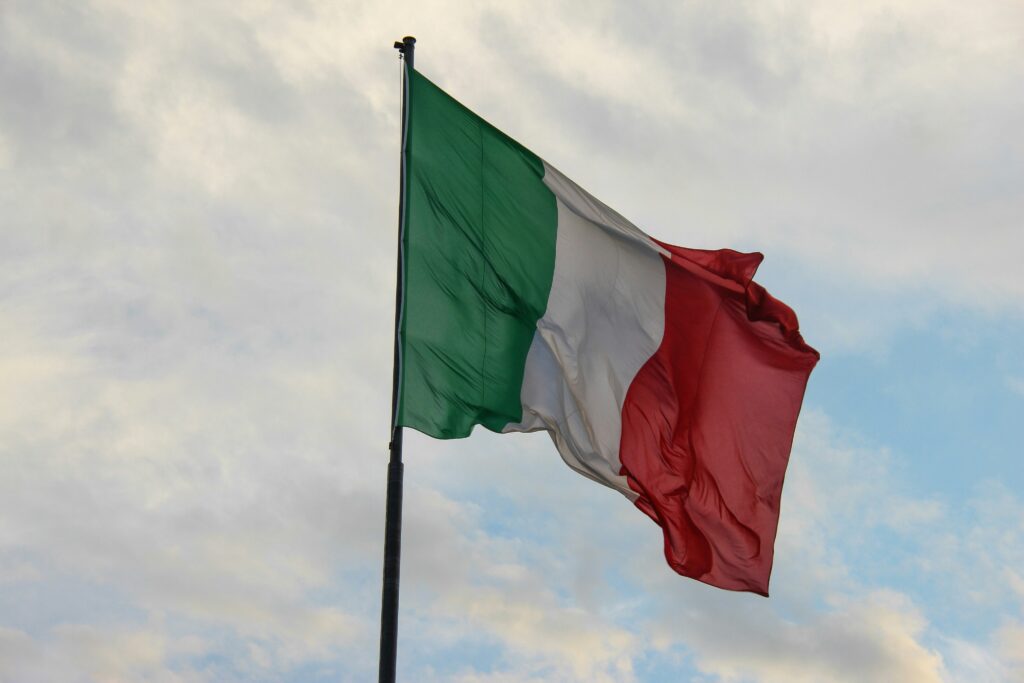Italy, celebrated for its rich history, stunning landscapes, and unparalleled culinary delights, is more than just a picturesque destination; it represents a dream for many seeking a life filled with cultural richness and modern comforts.
Notably, Italy was listed among the world’s top 15 countries for quality of life in the U.S. News and World Report’s 2022 research, underscoring its appeal as a haven for expats. This accolade particularly resonates with international pensioners, who envision their retirement basking under the Mediterranean sun.
Adding to its allure, Italy offers pensioners a compelling financial incentive: a 7% flat tax rate on foreign income. This favorable tax regime makes it an attractive option for those seeking a cost-effective retirement.
Moreover, Italy presents enticing opportunities for property investment. Buying and renovating property here, whether as a vacation home or a second residence, is notably more affordable compared to many other European countries. This aspect holds great appeal for those dreaming of owning a quaint villa or a rustic farmhouse in Puglia, Sicily or amidst the picturesque Italian countryside.
Beyond retirement, Italy also beckons those looking to start a new chapter as freelancers or entrepreneurs. The country’s welcoming approach to small business owners and freelancers offers a unique opportunity for those wishing to pursue their professional passions in a vibrant and culturally rich environment.
In this comprehensive guide, we delve into the various types of Italian residence permits – temporary, permanent, and for study purposes – tailoring our insights to specifically address the unique requirements for US, UK, and Canadian citizens.
Whether you are seeking a peaceful retirement, a new cultural experience, or an educational journey, understanding the nuances of obtaining Italian residency is the first step towards making your dream of living in the heart of Europe a reality.
Understanding the Difference Between a Residence Permit and a Visa in Italy
While a visa and a residence permit might seem similar, they serve distinctly different legal functions and have distinct roles in the immigration process.
Visas are your initial entry pass, obtained from an Italian embassy or consulate before arrival, while residence permits authorize extended stays and are issued by Italy’s local authorities.
EU citizens get 3 months without conditions, while non-EU citizens must have a visa and most people usually enter the country on a tourist visa which allows for a 90-day stay.
In any case, a valid passport is a must for entry.
The first step to obtain Italian residency as a non-EU citizen
Embarking on the process of obtaining residency in Italy as someone who comes from a country outside the European Community can be complex but not impossible! First and foremost, you’ll need a Visa to gain entry into the country.
There are various visa options available, each requiring specific application procedures and documentation. A key component of these applications is the cover letter, which should outline the purpose of the stay and justify the specific visa request.
Visa Types
- Work Visa: Applicable for individuals with a job offer in Italy. The Italian employer typically sponsors the visa, handling most of the application process. It’s suitable for various employment types, including skilled professions. For insights on what it’s like to work in Italy, you might find our dedicated article useful.
- Study and Family Reunification Visas: The study visa is for those enrolled in Italian educational programs, while the family reunification visa allows individuals to join family members who are residents in Italy. Both visas require proof of enrollment or familial relationships.
- Self-Employment Visa: Ideal for self-employed individuals or entrepreneurs starting a business in Italy. Applicants must demonstrate the financial viability of their venture and meet certain income thresholds. Just recently, Italy introduced a Digital Nomad Visa with no entry quota, which entails a streamlined procedure and allows you to pick two tax regimes: Forfettario (here’s an overview and an update) or the one dedicated to New Residents one, both very advantageous.
- Elective Residence Visa: Popular among retirees, this visa requires proof of sufficient income or assets to sustain living in Italy without employment. It’s a choice for those who want to enjoy Italy’s lifestyle without engaging in professional activities. While US pensioners are taxed in Italy (more detail here), Italy has introduced a 7% flat tax rate on all foreign sourced income which makes it very attractive to move here in your sunset years.
- Investor Visa (Golden Visa): Targeted at high-net-worth individuals willing to make significant investments in Italy. Investment options include real estate, Italian government bonds, or contributions to philanthropic projects. This visa offers a path to residency based on financial contributions and you can read all about it here.


Types of Italian Residence Permits
To understand how to become a resident in Italy, it’s essential to acquaint yourself with the different types of Italian Residence Permits, each tailored to specific purposes.
Temporary Residence Permit
Eligibility & Requirements
Non-EU citizens intending to stay more than 90 days in Italy must obtain a temporary residence permit within 8 days of arrival. As mentioned before, Key prerequisites include holding a long-term visa such as a work, student, self-employment, family reunion, elective residence, or golden visa.
Application Process
The process involves 3 main steps:
- Visit the local police station (Questura) for a dichiarazione di residenza (residence declaration) and fingerprinting.
- Proceed to a local post office (Poste Italiane) to submit additional paperwork known as “The Kit” for an appointment at the police station, typically set for 60 days later but can take up to six months.
For your residence permit application, ensure you have these documents, both the original and photocopies:
Four recent passport-size photographs.
Your current passport.
Papers validating your reason for staying in Italy, like an employment contract or enrollment proof.
All paperwork submitted for your visa application.
Proof of private health insurance from a company licensed to operate in Italy.
- Once you’ve become a resident in Italy, go to your local town hall (Comune) to get a personal ID. Remember to carry both your ID and residence permit with you. However, if your ID says “non valida per l’espatrio” in the bottom right corner, it means it’s not enough for travel. You’ll still need your residence permit or passport when traveling, but for everything else, your ID works fine.
Costs & duration
The total cost for an Italian residence permit is €76.46, which includes €30.46 for the residence card, a €16 application stamp, and a €30 mailing fee.
The permit’s duration varies with the purpose of stay, ranging from 6 months for seasonal work to up to 2 years for regular employment or family reunification.
For renewals, the timing depends on the permit’s initial validity, requiring application at least 30 to 90 days before expiration. Renewal costs start at €80, and the process is similar to the initial application, done through local Poste Italiane post offices or at the Questura (police station).
Permanent Residence Permit
Eligibility & Requirements
You can obtain a permanent residence permit in Italy if you are an EU citizen and have legally resided in Italy for 5 years, provided that you have not been absent from the country for more than two consecutive years.
Requirements include:
- A clean criminal record.
- Passing an Italian language test with at least A2 proficiency.
- Sufficient income to support yourself and any dependents.
Application Process
- Go to the Anagrafe offices (or book an appointment, depending on the rules they have locally, best to enquire beforehand)
- Fill and file it at the post office.
- Processing time ranges from four to six weeks.
Study Permit in Italy
Eligibility & Requirements
The study permit is designed for non-EU students who are enrolled in a full-time education program in Italy. Applicants must have a student visa and proof of enrollment in an educational institution.
Typically, Non-EU students come to Italy on a D type Italian visa. It’s advised that these students wait until they attend their orientation session with their University’s International Students Office (ISO) before proceeding with their permit application. This ensures they receive all necessary guidance and information.
Along with the documents mentioned above, students should also present evidence showing they have sufficient financial means for their stay in Italy. This is quantified as approximately 6,540 euros per year, ensuring they can comfortably support themselves during their time in the country.
Health insurance is also essential and it must:
- Be valid throughout your course and visa period (typically 1 year), with the validity period clearly stated.
- Be documented in Italian or English.
- Provide coverage across the entire Schengen Area.
Non-EU citizens with a permit of stay from a Schengen Area country don’t need to apply for an Italian permit, but must submit a declaration of presence at a Police Station within 8 working days of arrival. A copy of this declaration should be carried at all times for potential police checks. If the Schengen permit doesn’t cover the entire stay in Italy, a permit of stay application is necessary.
Application Process
1. Post Office Application (Within 8 Working Days of Arrival):
- Fill in “Modulo 1” from the yellow-striped envelope kit for NON-EU citizens, available for free at Poste Italiane post offices. Remember to keep a copy.
- Write the University address on the application form and on the €70.46 payment slip (for first-time applications only).
- Provide photocopies of your acceptance letter, passport details, visa page, insurance policy, and financial statement (indicating funds of about €6540 per year).
- Include a Marca da Bollo stamp (€16) on the application. You can purchase it at any Tabacchi shop.
- Pay the application fee of €30 and the permit fee of €70.46 at the Post Office.
- After submission, receive a receipt and a letter with an appointment date at the Questura (police precinct) for fingerprinting and photos.
- For tracking the application, use the user ID and password from the receipt on http://www.portaleimmigrazione.it/.
2. Appointment at the Immigration Office (Questura-Ufficio Immigrazione):
When attending your permit of stay appointment, it’s important to have all necessary documents ready (both originals and photocopies):
- Passport or equivalent ID
- Original University acceptance letter (preferably sealed by the Italian Embassy/Consulate when the entry visa was issued)
- Two identical passport-size photographs
- Original insurance policy or receipt for an Italian insurance policy, covering the entire permit period
- If using private health insurance, a certificate in English with coverage dates and international validity
- The financial statement from the bank showing at least €6540 per year
- Proof of residence (rental contract, accommodation facility declaration, etc.)
- Post office receipt and payment receipt for the Electronic Permit of Stay
Make sure you can provide a domicile address at the appointment.
3. Collecting the Permit of Stay
Students will be scheduled for a follow-up appointment at the Immigration Office to collect their permit of stay. Confirmation of this appointment will be sent via SMS to those with an Italian phone number. The application’s status can be tracked on the Portale Immigrazione website using the user ID and password from the post office receipt. Remember, when entering the password on the website, exclude any dashes (-).
Duration & Renewal
The study permit’s validity corresponds to the length of the educational program, with options for renewal if the study continues.


Key considerations for US citizens
One of the primary factors that make Italy an attractive destination is the Double Taxation Treaty with the US. This treaty serves as a critical instrument to prevent double taxation of income, ensuring that individuals and businesses are not burdened with paying taxes on the same income in both countries. For US citizens, this translates into several financial advantages, particularly concerning income streams such as pensions and Social Security benefits. Under this treaty, these income sources may either be exempt from or subject to reduced taxation in Italy, leading to substantial financial benefits for retirees and expatriates.
However, the decision to make Italy a new home involves more than just taxation considerations. Those contemplating Italian citizenship must navigate a process that encompasses various aspects, including the eligibility for dual citizenship.
Furthermore, for green card holders who have established their lives in Italy, there are specific tax considerations that demand attention. Living and working in Italy as a green card holder may result in tax obligations in both the US and Italy.
Key considerations for Canadian citizens
Canadians contemplating relocation to Italy have the advantage of the Canada-Italy Tax Treaty and can explore working holiday agreements if they’re under 35 years old.
The Canada-Italy Tax Treaty, signed in 2002 and enforced in Italy in 2011 through Law no. 42, plays a crucial role in tax matters for residents of both countries. For instance, if an Italian citizen resides in Canada, they pay taxes to Canada and not Italy, and vice versa for a Canadian citizen living in Italy. However, if you are a Canadian citizen residing in Italy and earning income from both countries, you may be subject to taxation by both nations for the income earned in each country.
Recent bilateral agreements have further eased travel, business, and official relations between the two nations. For example, residents who have lived or worked in both countries to qualify for pension benefits based on their contributions to each country’s pension system.
If you’re just starting out in your career instead, the Bilateral Agreement for Youth Mobility on Training and Work presents an appealing opportunity for people aged 18 to 35. This agreement allows 2,000 young individuals per State annually to take advantage of extended work permits:
- Working Holidays for those wishing to travel to the host country for temporary work.
- Young Workers Program designed for those with existing employment contracts in the host country, supporting their career growth or aligning with their prior field of study.
- International Internships tailored for students at post-secondary institutions who secure internships relevant to their academic curriculum in the host country.
Visa applicants must possess a valid travel document, valid for at least three months beyond the visa’s expiry date. The visa’s duration aligns with the anticipated stay in Italy.
Key considerations for UK citizens
When relocating or retiring to Italy, it’s essential to inform the relevant UK government offices responsible for your benefits, pension, and taxation matters.
For UK nationals residing in Italy, accessing the Italian health system typically involves several options. Firstly, you can register to use the Italian state health system, ensuring access to healthcare services. Alternatively, if your stay is temporary, you can rely on the European Health Insurance Card (EHIC) or the UK Global Health Insurance Card (GHIC) when studying or working as a ‘posted’ (detached) employee. Another avenue is registering a UK-issued S1 form with the Italian health system, which provides healthcare coverage based on specific criteria.
If you happen to work in Italy, even under the employment of a UK-based company, it may impact the location where you are required to make National Insurance-type contributions. To avoid double taxation on your income in both countries, the UK and Italy have established a double taxation agreement.
Additionally, it’s crucial to determine whether you need to file an annual declaration of overseas assets using the Quadro RW form, which is part of the annual Unico tax form. Failing to file or providing inaccurate or incomplete information can result in severe penalties.
While living abroad, you may still be eligible to claim benefits from both the UK and Italy, depending on your individual circumstances.If you choose to retire in Italy,you can claim your UK State Pension or the new UK State Pension. Moreover, if you have worked in other EU countries, you may also be eligible for pensions based on your contributions.
Would you like to read about simiar topics? Check our related articles here ; Italy’s Non-Married Partner Residence Permit: A Detailed Overview, Italy’s Golden Visa program and Becoming an Italian resident: Our useful guide.







